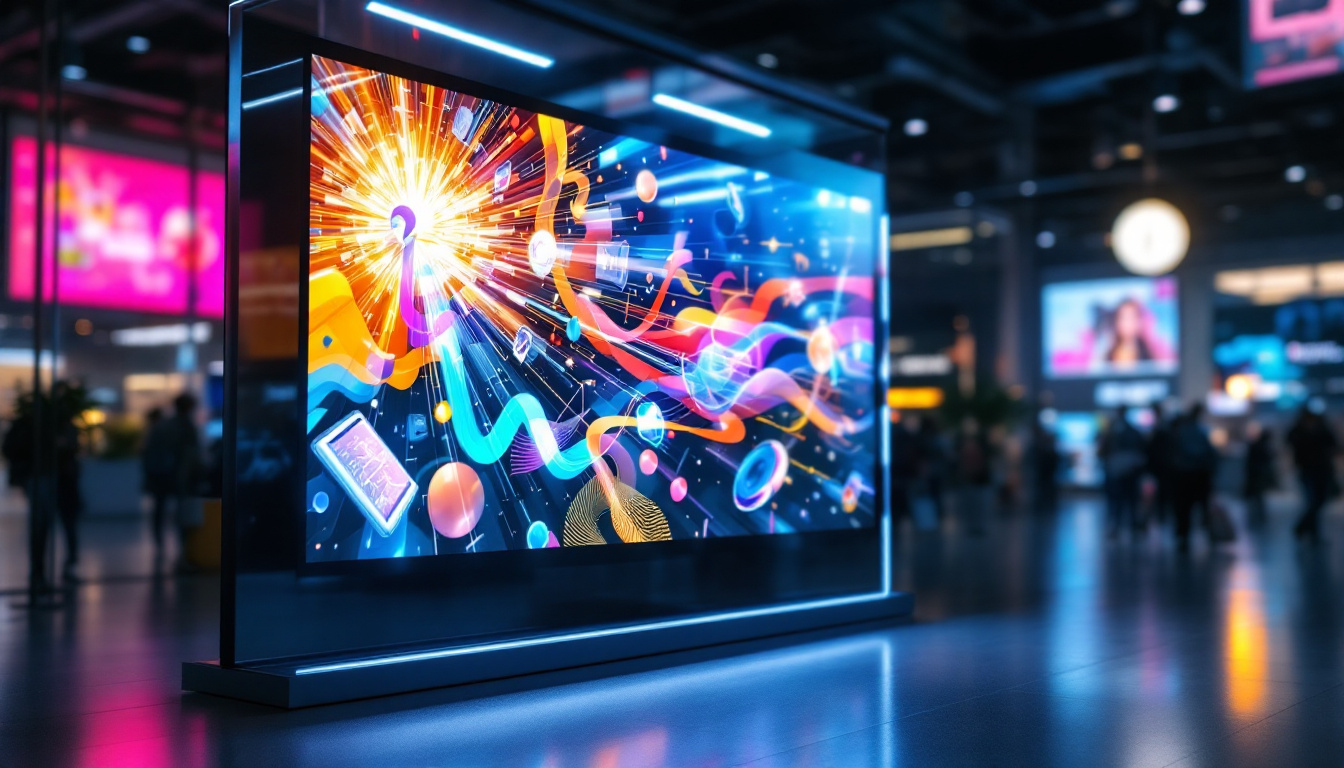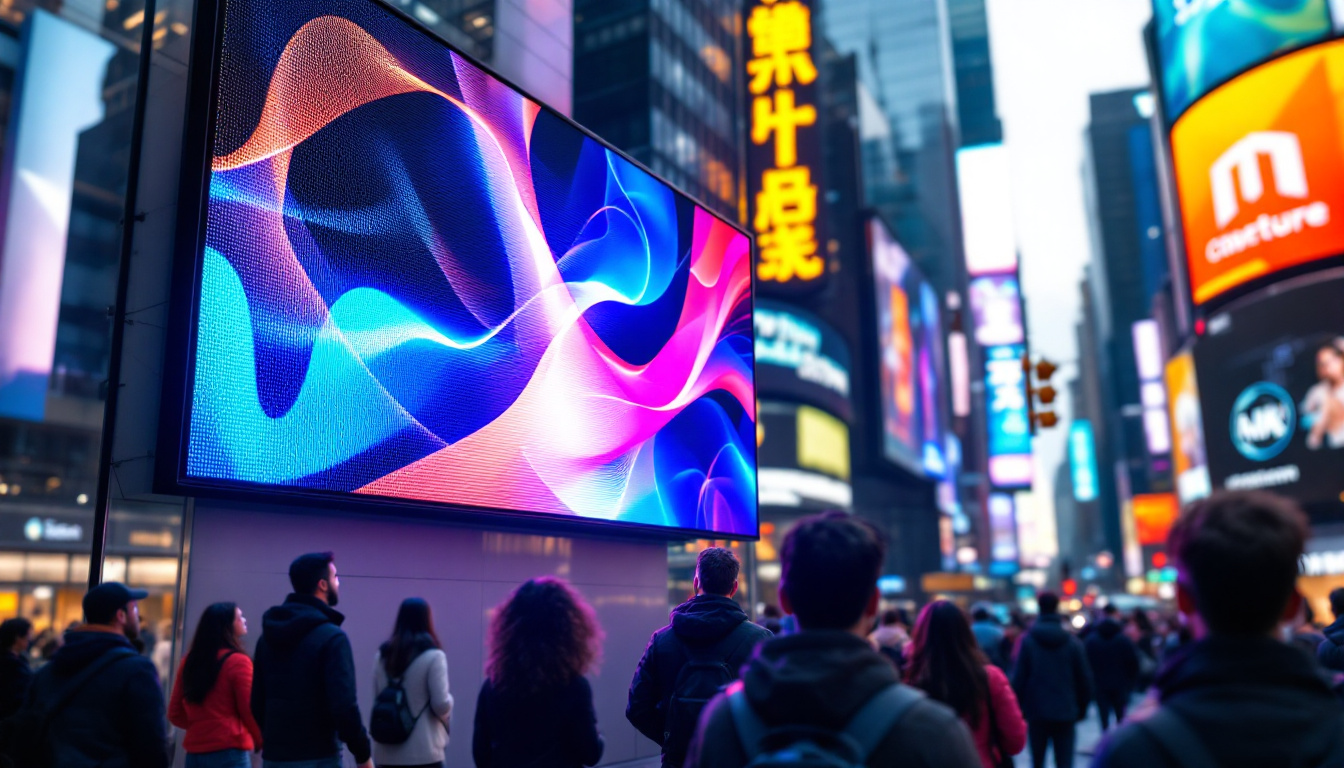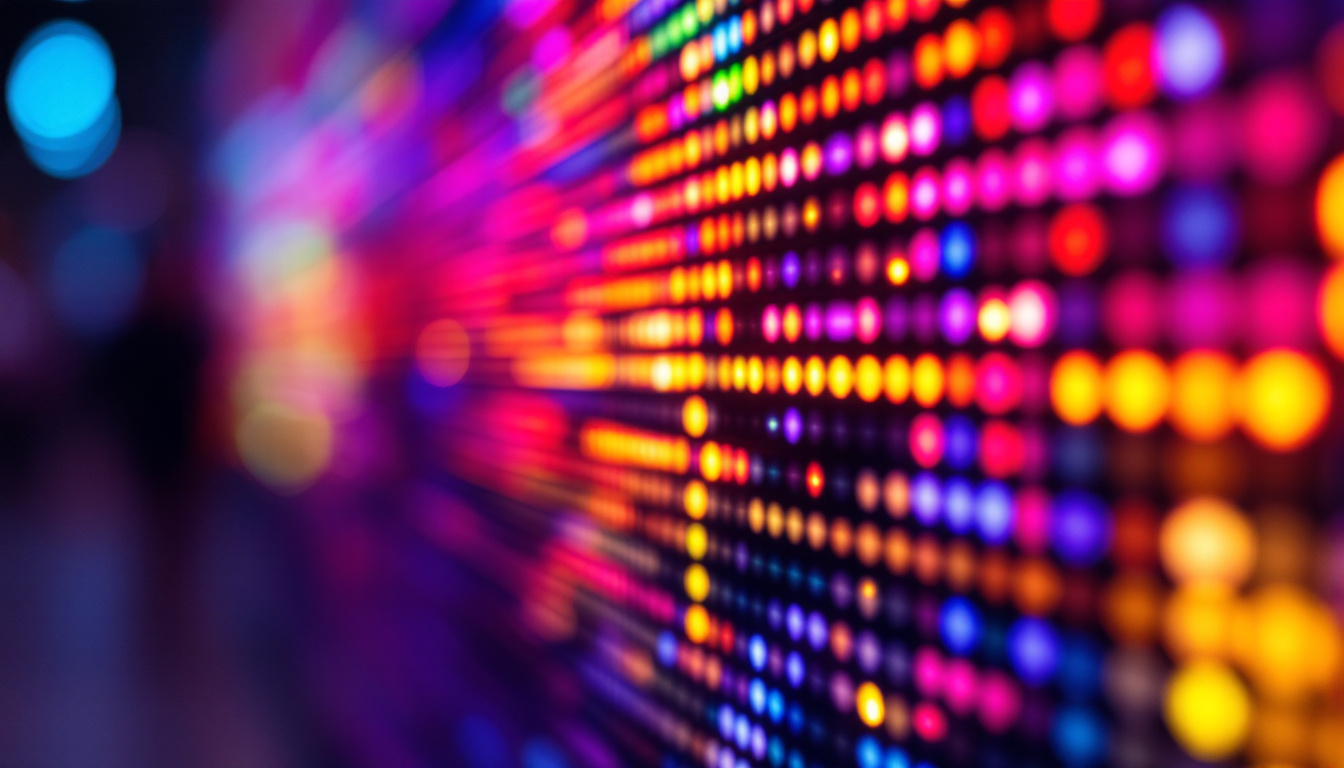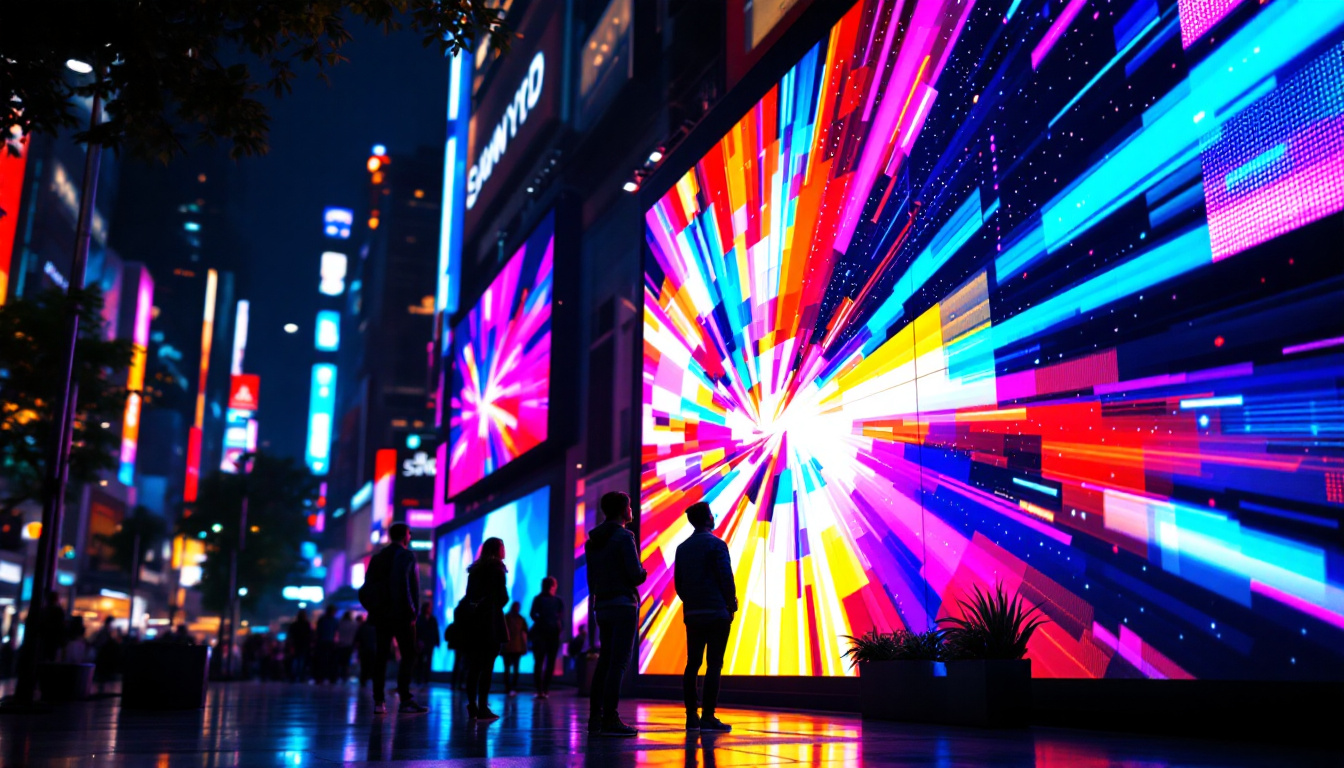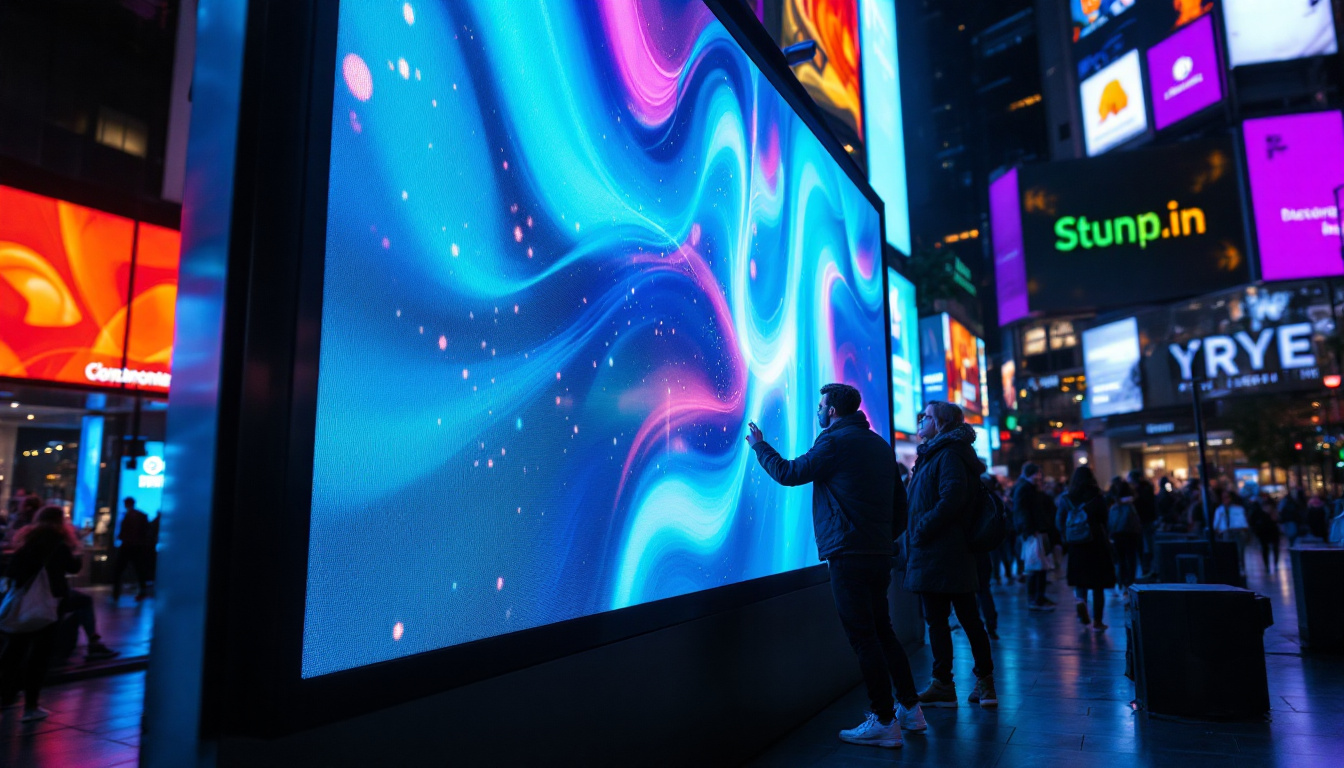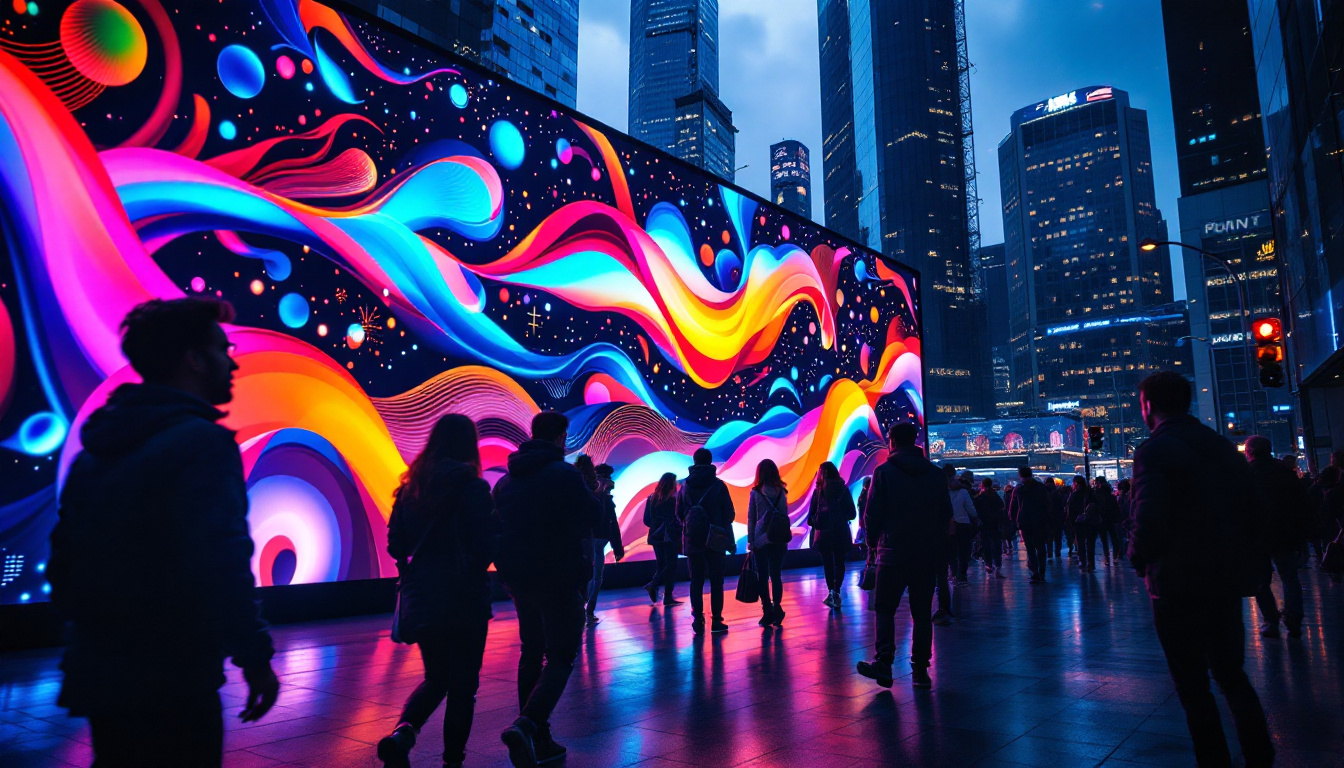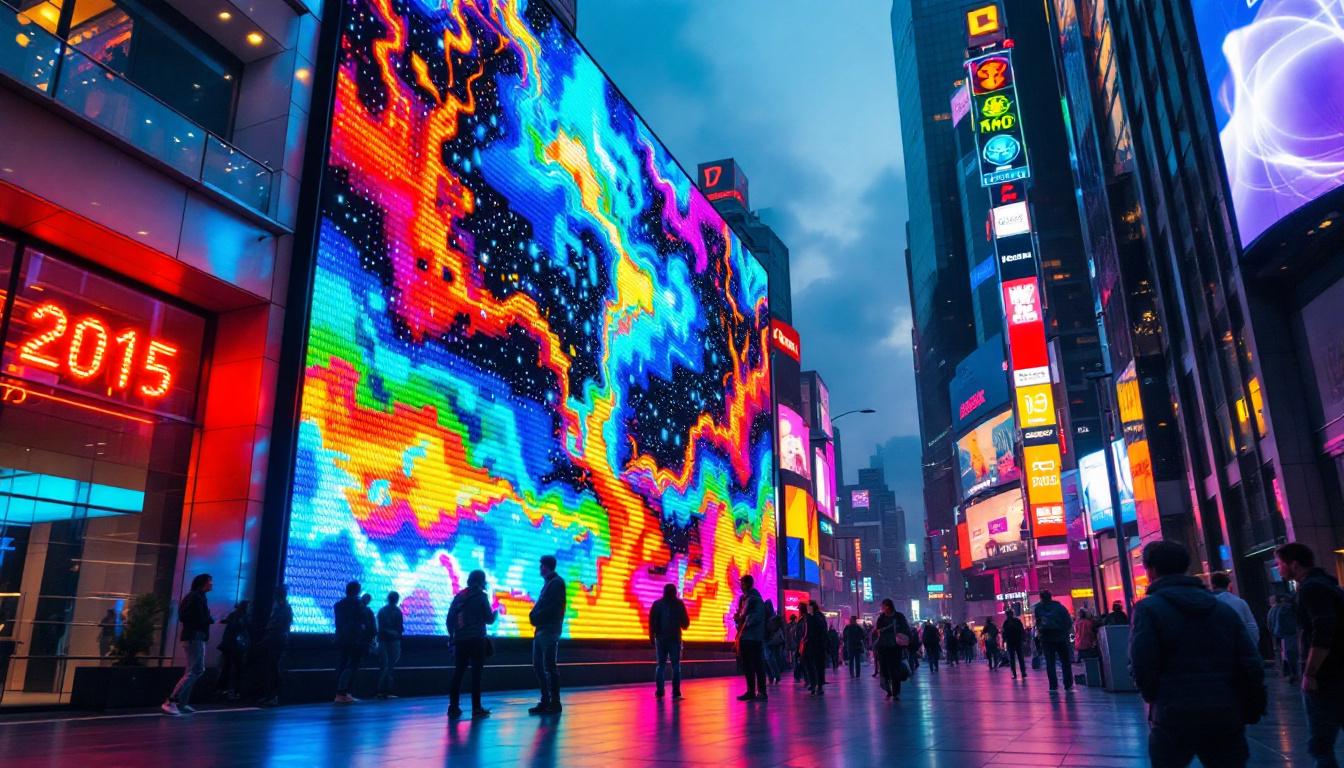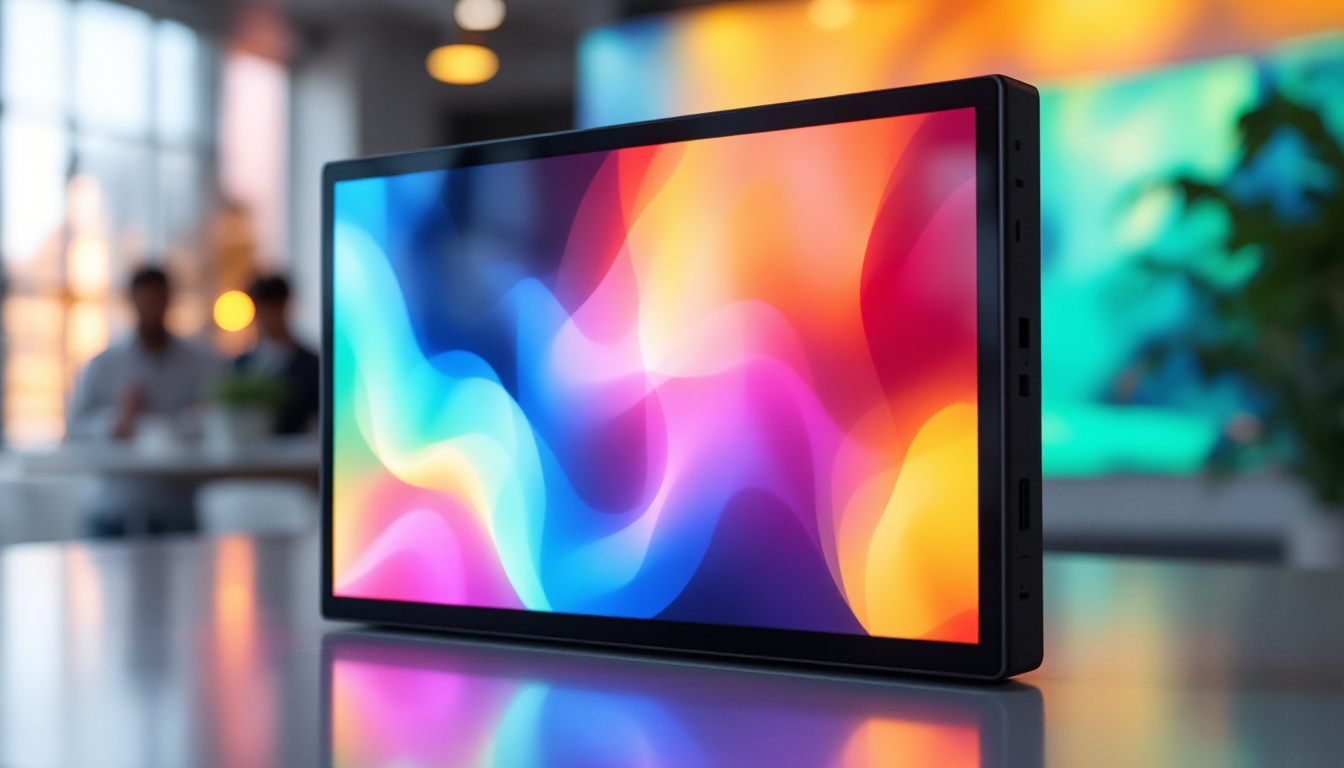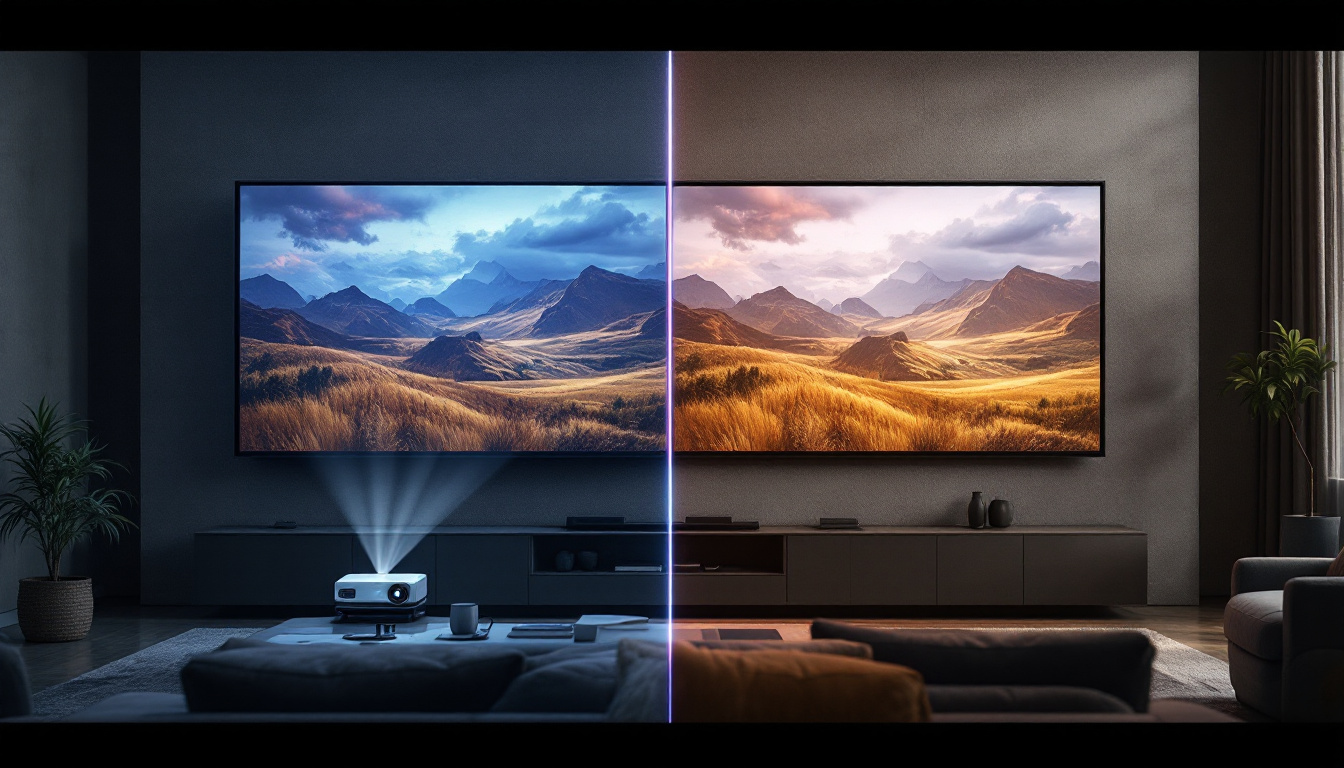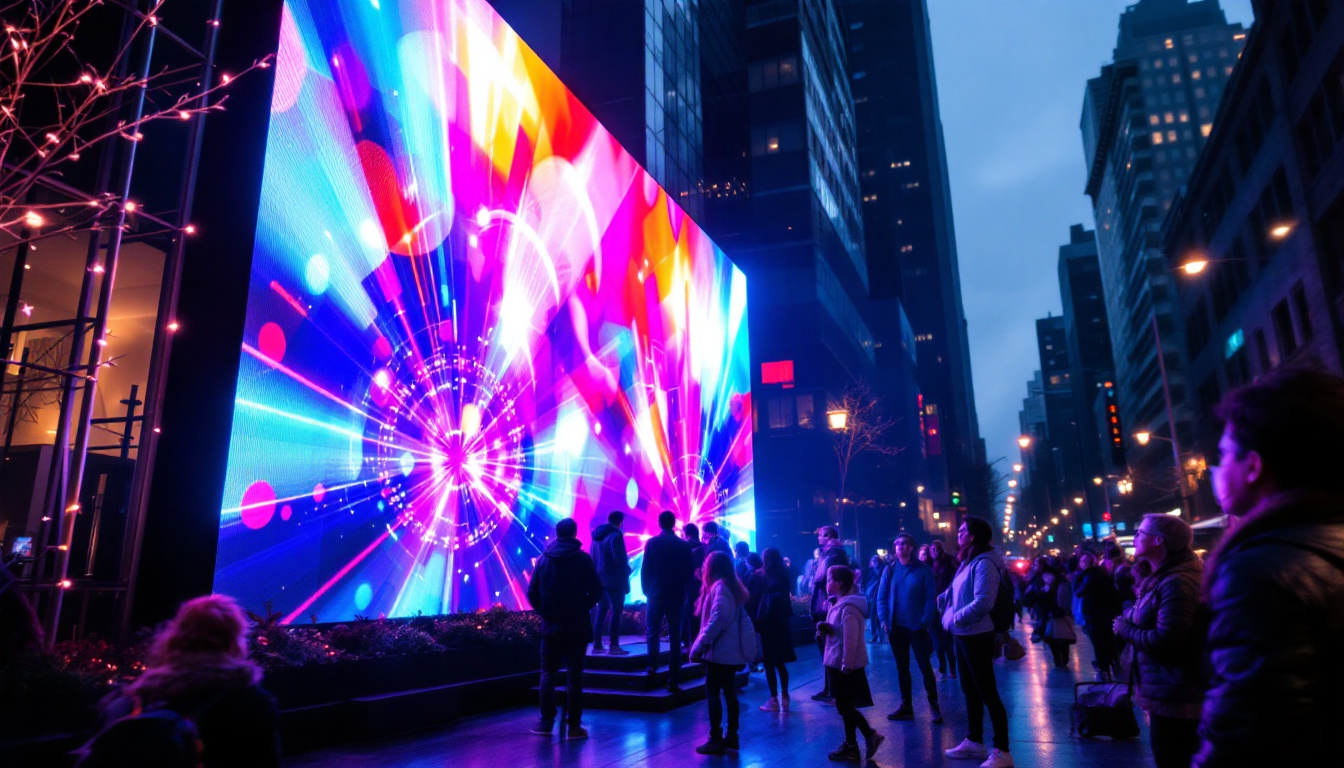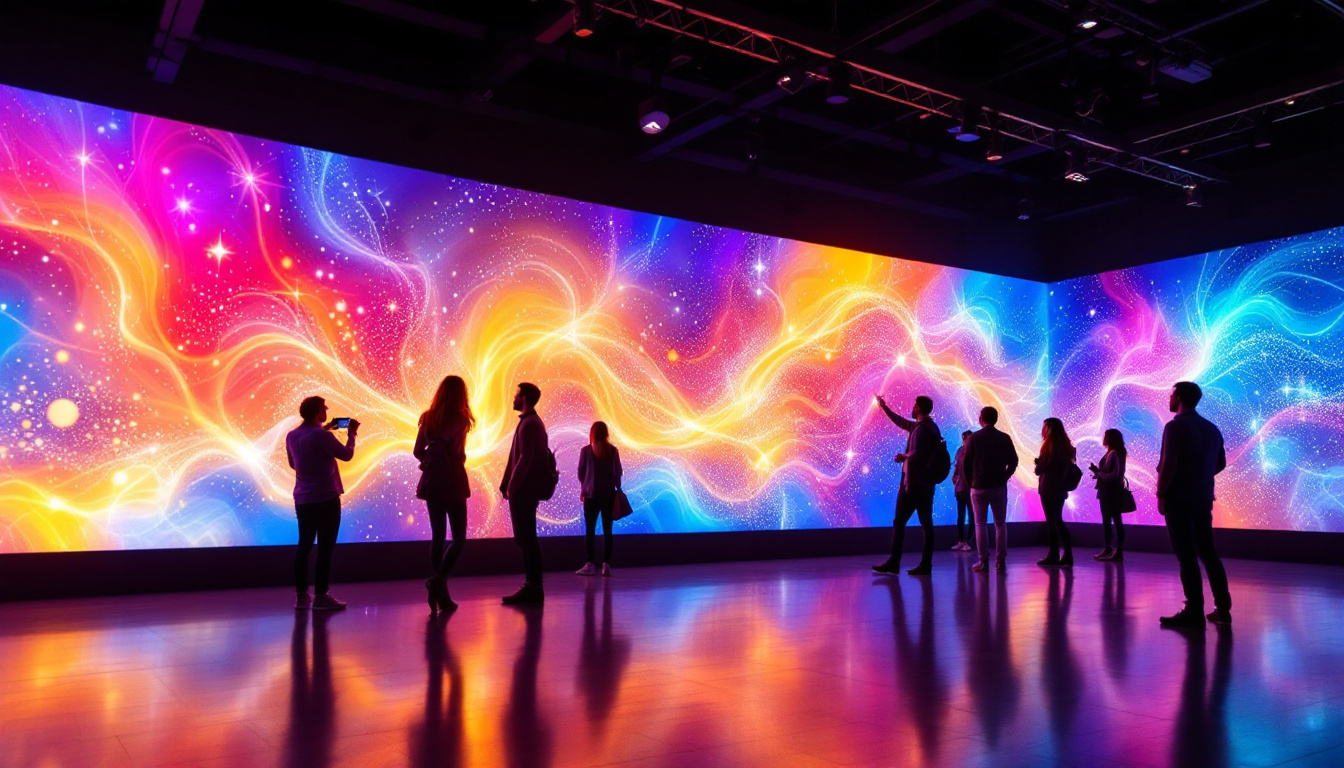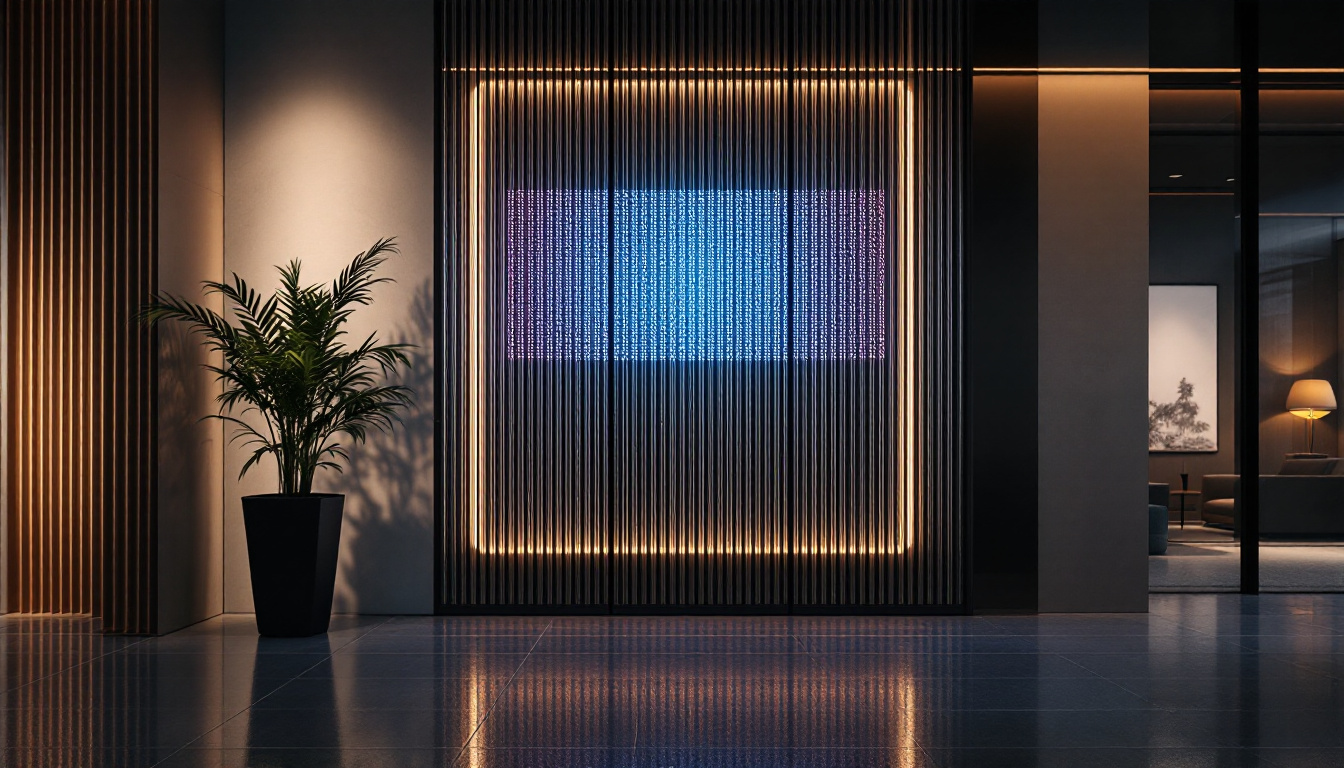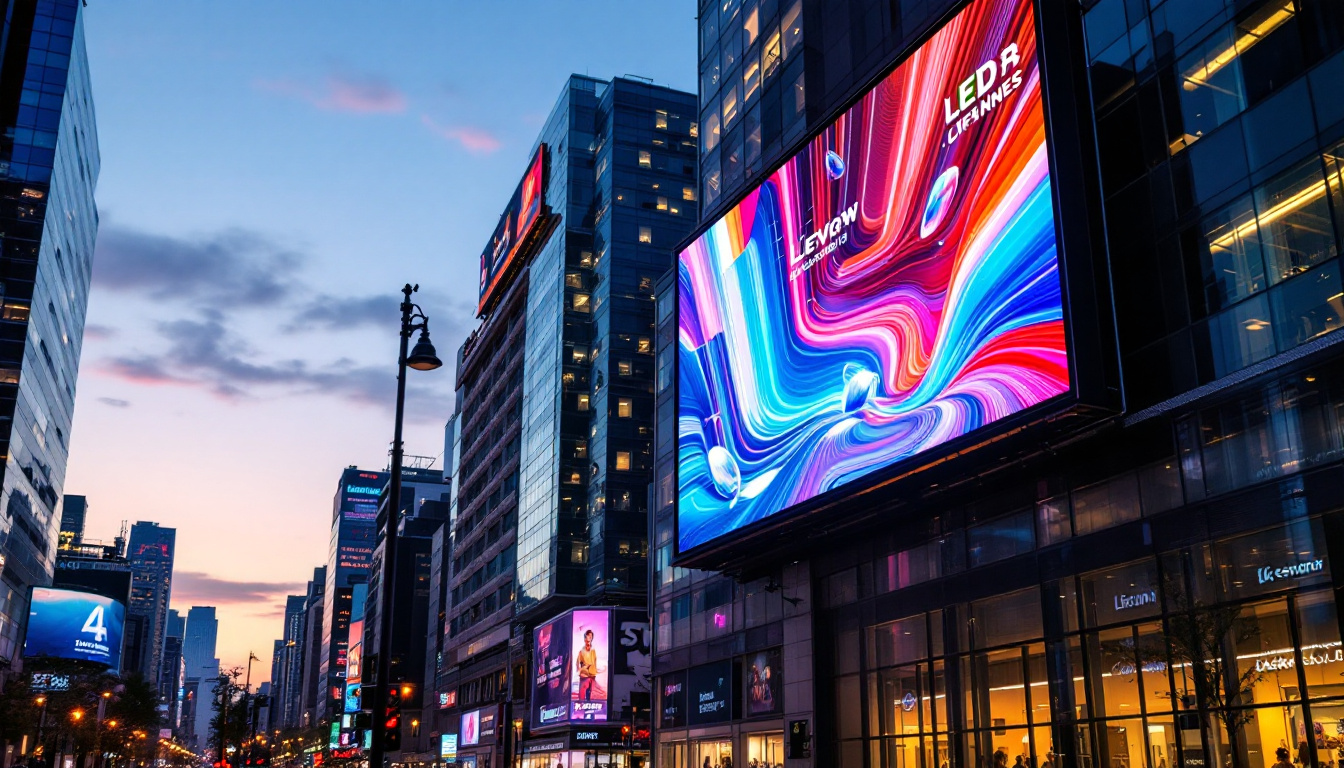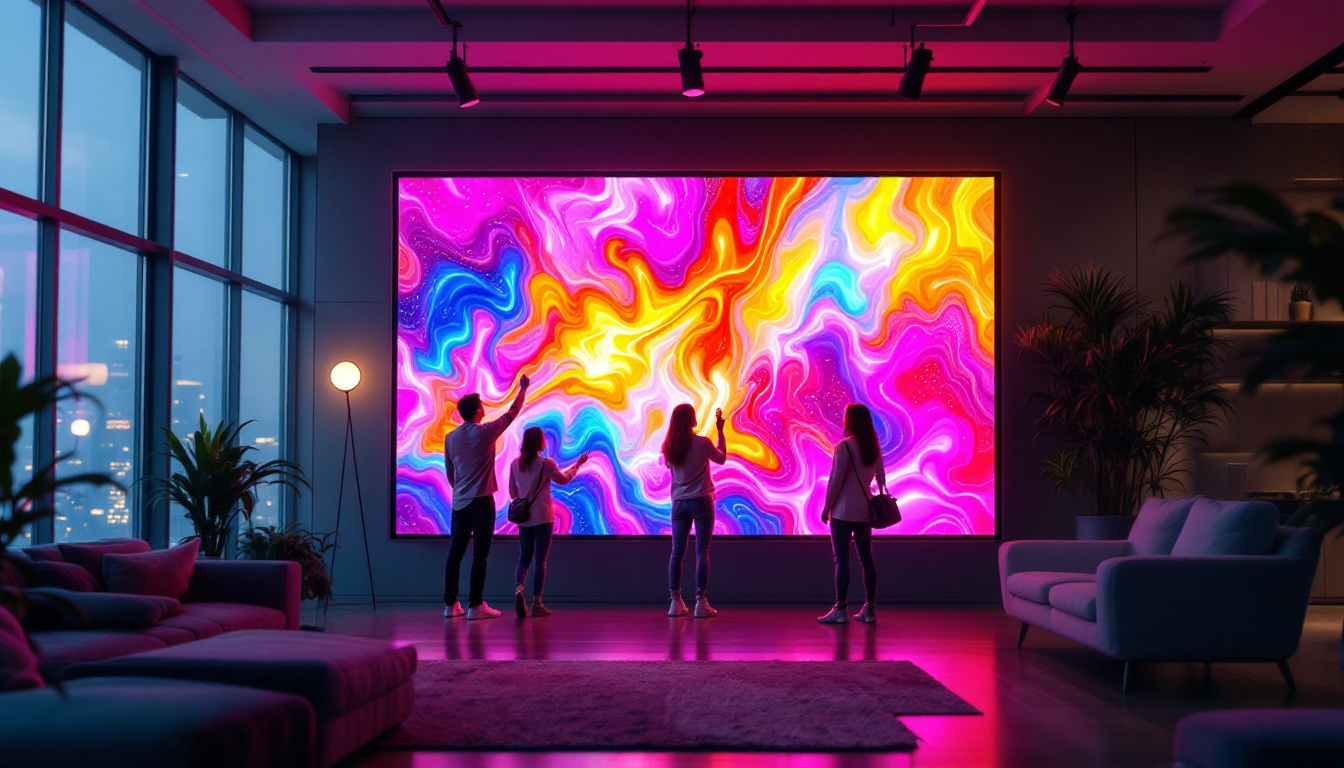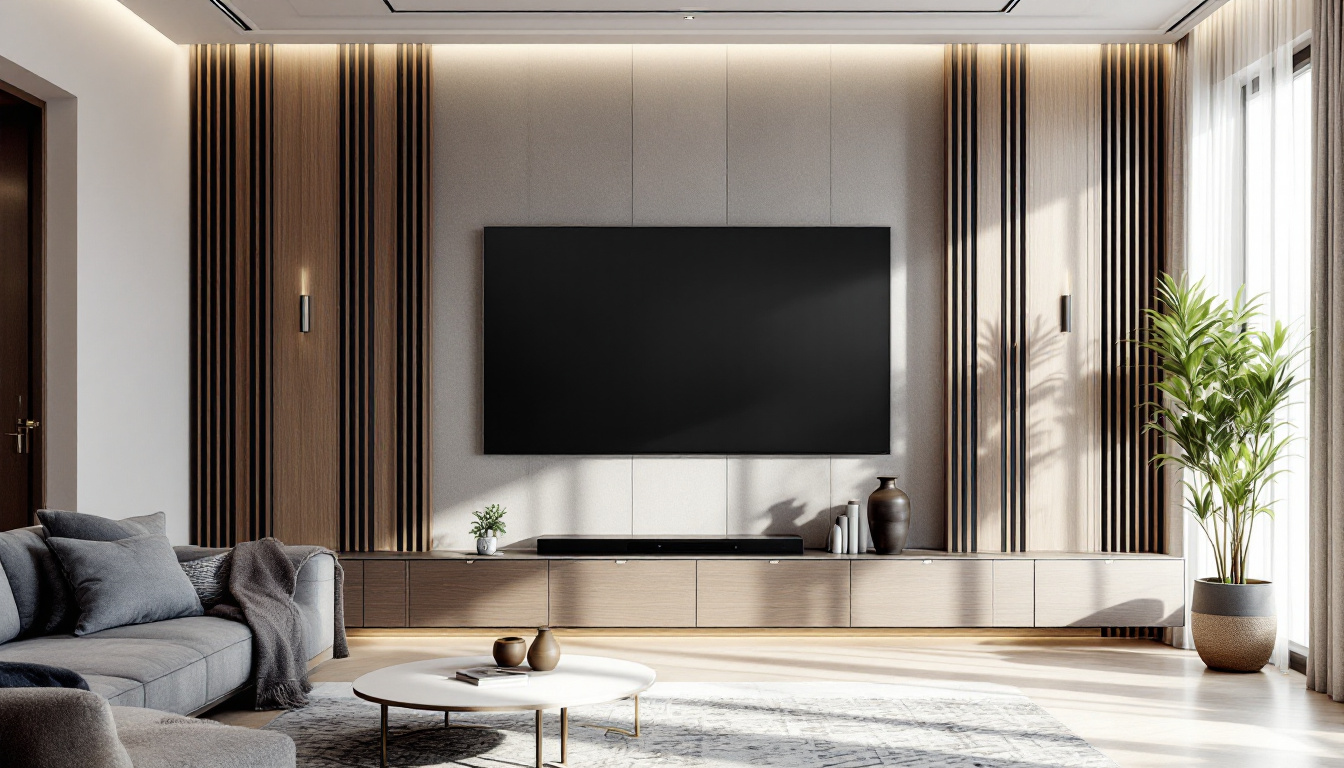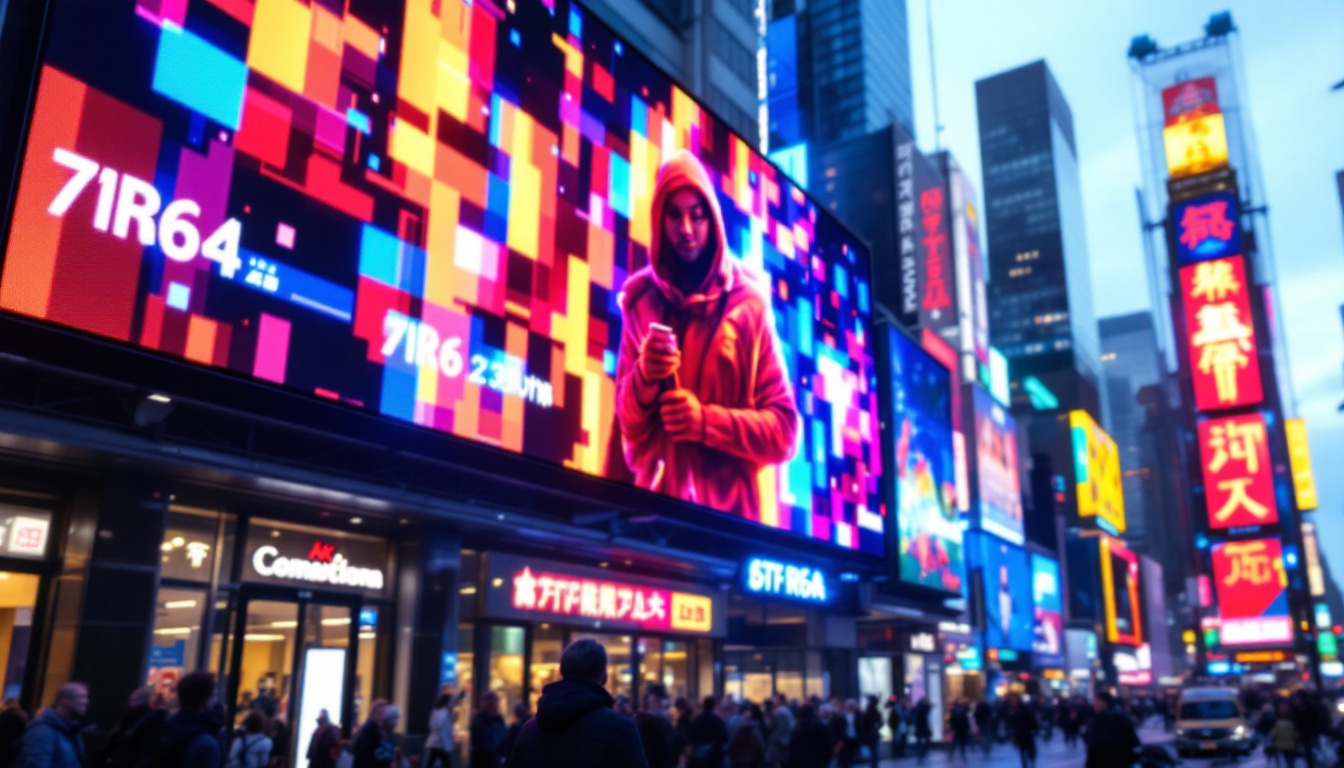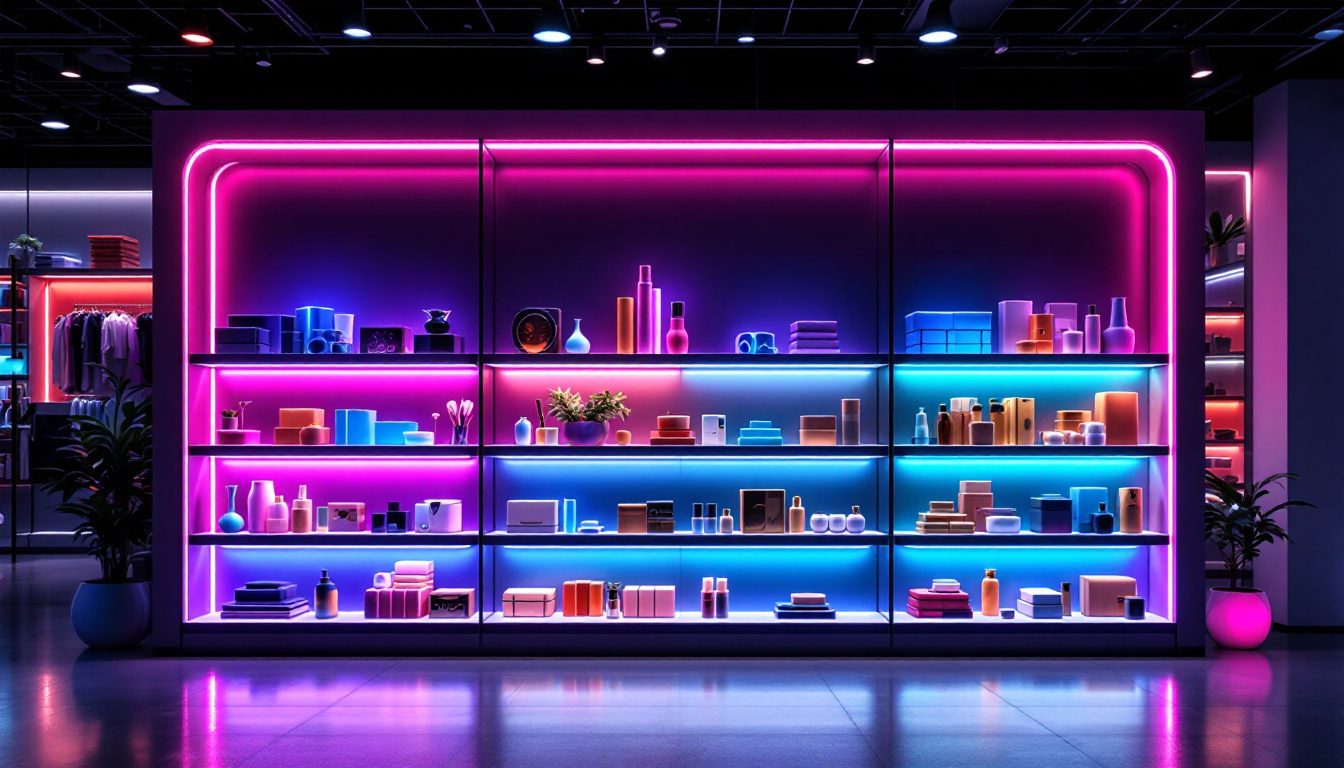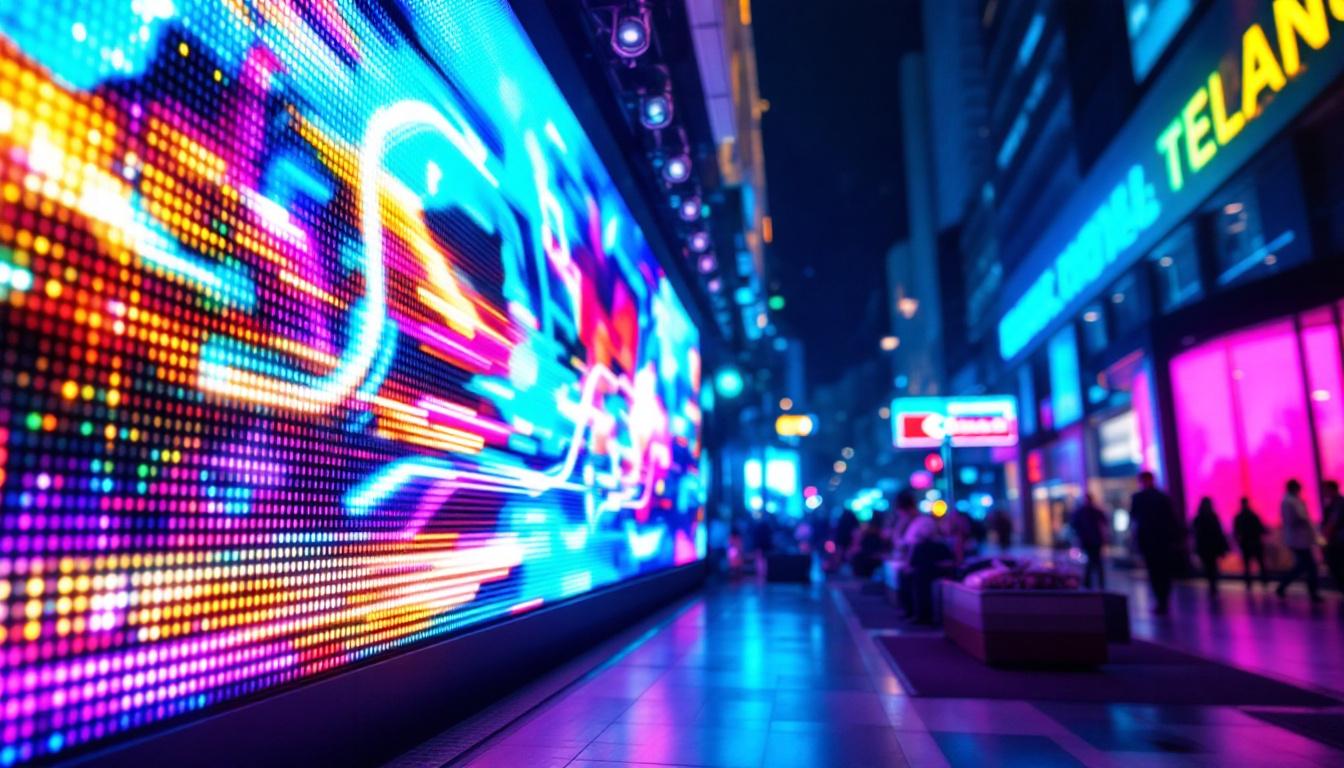In recent years, the world of display technology has witnessed remarkable advancements, with transparent LED displays emerging as a groundbreaking innovation. These displays offer a unique blend of functionality and aesthetic appeal, making them increasingly popular in various applications, from retail environments to architectural installations. This article delves into the intricacies of transparent LED displays, exploring their features, advantages, and potential uses.
What is a Transparent LED Display?
A transparent LED display is a type of screen that allows light to pass through while simultaneously displaying images or videos. Unlike traditional LED displays, which are opaque and block the view behind them, transparent displays maintain visibility of the surroundings. This unique characteristic makes them particularly appealing for applications where visibility and aesthetics are crucial. They are increasingly being used in retail environments, museums, and exhibitions, where they can enhance the visual experience without obstructing the overall ambiance of the space.
How Transparent LED Displays Work
Transparent LED displays utilize a matrix of light-emitting diodes (LEDs) arranged in a grid pattern. These LEDs can emit light in various colors, creating vibrant images. The transparency is achieved by minimizing the size of the LED components and strategically spacing them apart, allowing a significant portion of light to pass through. This design enables users to see through the display while still enjoying high-quality visuals. The technology behind these displays often incorporates advanced image processing algorithms, which optimize the clarity and color accuracy of the content being displayed, ensuring that even intricate designs are rendered beautifully.
Key Features of Transparent LED Displays
Several features set transparent LED displays apart from traditional screens. Firstly, their lightweight and thin design makes them easy to install in a variety of settings. Additionally, they offer high brightness levels, ensuring visibility even in well-lit environments. Furthermore, many transparent displays come equipped with touch capabilities, allowing for interactive experiences that engage viewers. This interactivity can be particularly beneficial in retail settings, where customers can browse products or access information simply by touching the screen. Moreover, the energy efficiency of transparent LED displays is another significant advantage, as they consume less power compared to conventional displays, making them a more sustainable choice for businesses looking to reduce their carbon footprint.
Advantages of Transparent LED Displays
Transparent LED displays offer numerous advantages that make them an attractive choice for businesses and organizations. Their unique properties not only enhance visual communication but also contribute to a more immersive environment.
Enhanced Aesthetics
One of the most significant benefits of transparent LED displays is their ability to blend seamlessly into their surroundings. This feature allows businesses to create visually stunning installations without obstructing the view of the area behind the display. For instance, retailers can showcase products while maintaining an open and inviting atmosphere, enhancing the overall shopping experience. The sleek design of these displays can also elevate the brand image, as they project a modern and innovative approach to advertising. By integrating artful graphics and animations, businesses can captivate their audience, drawing attention without overwhelming the space.
Versatile Applications
Transparent LED displays are versatile and can be used in various settings, including retail stores, museums, airports, and corporate offices. In retail, they can serve as dynamic advertising tools, displaying promotions and product information while allowing customers to see the merchandise behind the screen. In corporate environments, these displays can be used for presentations or as part of an interactive workspace, fostering collaboration and creativity. Additionally, in museums, transparent displays can provide informative overlays on exhibits, enhancing educational experiences without detracting from the artifacts themselves. Airports can utilize these displays for wayfinding and flight information, all while maintaining an airy and open terminal atmosphere.
Energy Efficiency
Another advantage of transparent LED displays is their energy efficiency. Compared to traditional display technologies, transparent LEDs consume less power, making them a more sustainable option. This efficiency not only reduces operational costs but also aligns with the growing demand for eco-friendly solutions in various industries. Furthermore, the longevity of LED technology means that these displays require less frequent replacements, contributing to reduced waste and lower environmental impact. As businesses increasingly prioritize sustainability, the adoption of transparent LED displays can play a significant role in enhancing their green credentials while delivering high-quality visual experiences.
Applications of Transparent LED Displays
The applications of transparent LED displays are vast and varied, reflecting their adaptability to different environments and purposes. Here are some notable use cases that highlight their potential.
Retail Environments
In retail settings, transparent LED displays can be used to create eye-catching window displays that attract customers. By overlaying digital content on physical products, retailers can provide additional information and promotions without sacrificing visibility. This approach not only enhances the shopping experience but also increases engagement and sales. Furthermore, the ability to customize the content displayed allows retailers to tailor their messaging to specific demographics or seasonal promotions, creating a more personalized shopping environment. The interactivity that some transparent displays offer can also encourage customers to engage with the products in a unique way, potentially leading to increased foot traffic and conversion rates.
Architectural Installations
Architects and designers are increasingly incorporating transparent LED displays into building facades and interior designs. These displays can transform ordinary structures into dynamic visual experiences, showcasing art, advertisements, or information while maintaining the integrity of the architecture. This innovative use of technology adds a modern touch to traditional designs, making buildings more appealing and functional. Additionally, the integration of transparent LED displays can contribute to energy efficiency; many models are designed to be lightweight and energy-saving, reducing the overall carbon footprint of a building. As cities evolve into smart environments, the potential for these displays to convey real-time data, such as weather updates or local events, further enhances their role in urban design.
Transportation Hubs
Airports, train stations, and bus terminals can benefit from transparent LED displays by providing real-time information to travelers. These displays can show flight schedules, wayfinding information, and advertisements while allowing passengers to see through to the other side. This functionality enhances the flow of information and improves the overall travel experience. Moreover, the aesthetic appeal of transparent LED displays can elevate the ambiance of these often bustling environments, making them feel more welcoming and less chaotic. By integrating interactive features, such as touch capabilities, these displays can also serve as information kiosks, allowing travelers to access maps, schedules, and other essential details at their fingertips, thereby streamlining their journey through complex transit systems.
Challenges and Considerations
While transparent LED displays offer numerous advantages, there are also challenges and considerations to keep in mind when implementing this technology.
Cost Implications
The initial investment for transparent LED displays can be higher than traditional displays due to their advanced technology and manufacturing processes. Businesses must weigh the long-term benefits against the upfront costs to determine if this investment aligns with their goals. Additionally, ongoing maintenance and potential repairs can add to the overall expenditure, making it essential for companies to budget accordingly. Understanding the total cost of ownership, including energy consumption and potential upgrades, will provide a clearer picture of the financial commitment involved.
Content Management
Effective content management is crucial for maximizing the impact of transparent LED displays. Businesses must create engaging and relevant content that complements the transparency of the display. This may require a shift in marketing strategies and a commitment to ongoing content development. Furthermore, the dynamic nature of transparent displays means that content must be frequently updated to capture audience attention and reflect current trends. Utilizing analytics tools to monitor viewer engagement can help businesses refine their content strategy and ensure that the displayed material resonates with their target audience.
Environmental Factors
Transparent LED displays can be affected by environmental factors such as direct sunlight or extreme weather conditions. Ensuring proper installation and protection from the elements is essential to maintain the longevity and performance of the displays. Moreover, the location of the display plays a critical role; urban environments with high foot traffic may expose the display to more pollutants and wear, necessitating regular cleaning and maintenance. Businesses should also consider the impact of seasonal changes on visibility and brightness, adjusting their content accordingly to ensure optimal performance year-round.
The Future of Transparent LED Displays
The future of transparent LED displays looks promising, with ongoing advancements in technology and design. As manufacturers continue to innovate, we can expect to see improvements in resolution, brightness, and energy efficiency, further enhancing the appeal of these displays.
Integration with Smart Technologies
As smart technologies become more prevalent, the integration of transparent LED displays with IoT (Internet of Things) devices is likely to increase. This integration can enable real-time data display, interactive experiences, and personalized content delivery, creating a more engaging environment for users.
Expansion into New Markets
Transparent LED displays are expected to expand into new markets beyond retail and architecture. Industries such as healthcare, education, and entertainment may find innovative ways to utilize this technology, creating unique experiences for their audiences.
Advancements in Manufacturing
As manufacturing processes improve, the cost of transparent LED displays may decrease, making them more accessible to a wider range of businesses. This democratization of technology could lead to increased adoption and creative applications across various sectors.
Conclusion
Transparent LED displays represent a significant advancement in display technology, offering unique advantages that cater to the needs of modern businesses and consumers. Their ability to blend seamlessly into environments while delivering vibrant visuals opens up new possibilities for communication and engagement. As the technology continues to evolve, the potential applications and benefits of transparent LED displays will undoubtedly expand, making them a valuable asset in various industries.
In summary, transparent LED displays are not just a trend; they are a transformative technology that can enhance visibility, aesthetics, and interactivity in countless applications. As organizations seek innovative ways to connect with their audiences, transparent LED displays will play a pivotal role in shaping the future of visual communication.
Discover the Future of Visual Engagement with LumenMatrix
Ready to elevate your brand’s visual impact and engage your audience like never before? Explore LumenMatrix’s comprehensive range of LED display solutions, including our cutting-edge LED Transparent Display. As a pioneer in LED display innovation, LumenMatrix is committed to revolutionizing visual communication with displays that not only captivate but also convey your message with unparalleled clarity. From immersive Indoor LED Walls to dynamic Outdoor Displays and beyond, our solutions are designed to transform any space into a vibrant canvas for your brand. Check out LumenMatrix LED Display Solutions today and step into the future of digital signage.

